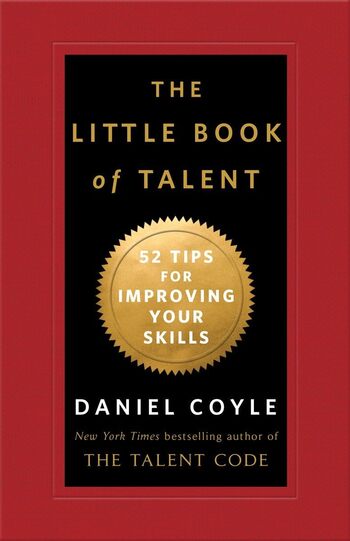
Anxiety at Work by Adrian Gostick offers strategies for leaders to help teams handle anxiety and uncertainty. It emphasizes resilience-building, fostering inclusivity, and managing perfectionism to create productive workplaces.
Main Lessons
- Uncertainty in the workplace affects employee well-being; clear communication can mitigate anxiety.
- Younger workers, particularly millennials, face high levels of anxiety due to job insecurity and societal pressures.
- Healthy debate within teams can drive better problem-solving and higher quality work.
- Encouraging psychological safety allows honest opinions to be shared, benefiting the organization.
- Workplace anxiety is particularly pronounced among marginalized groups, requiring open conversations about bias.
- Leaders must acknowledge employee backgrounds and foster a genuinely inclusive environment.
- Feelings of exclusion at work negatively impact performance; regular check-ins can enhance inclusivity.
- Too much workload leads to employee burnout; organizations should focus on root causes rather than symptoms.
- Millennials are driven by the fear of missing out and prioritize career development opportunities.
- For employees to excel, workplaces must foster growth and provide learning opportunities.
- Perfectionism is rising, especially among young people; understanding this can create supportive workspaces.
- Addressing anxiety at work involves reducing job insecurity, promoting inclusivity, and managing perfectionism.
- Building resilience among team members leads to a more productive and satisfying work environment.








